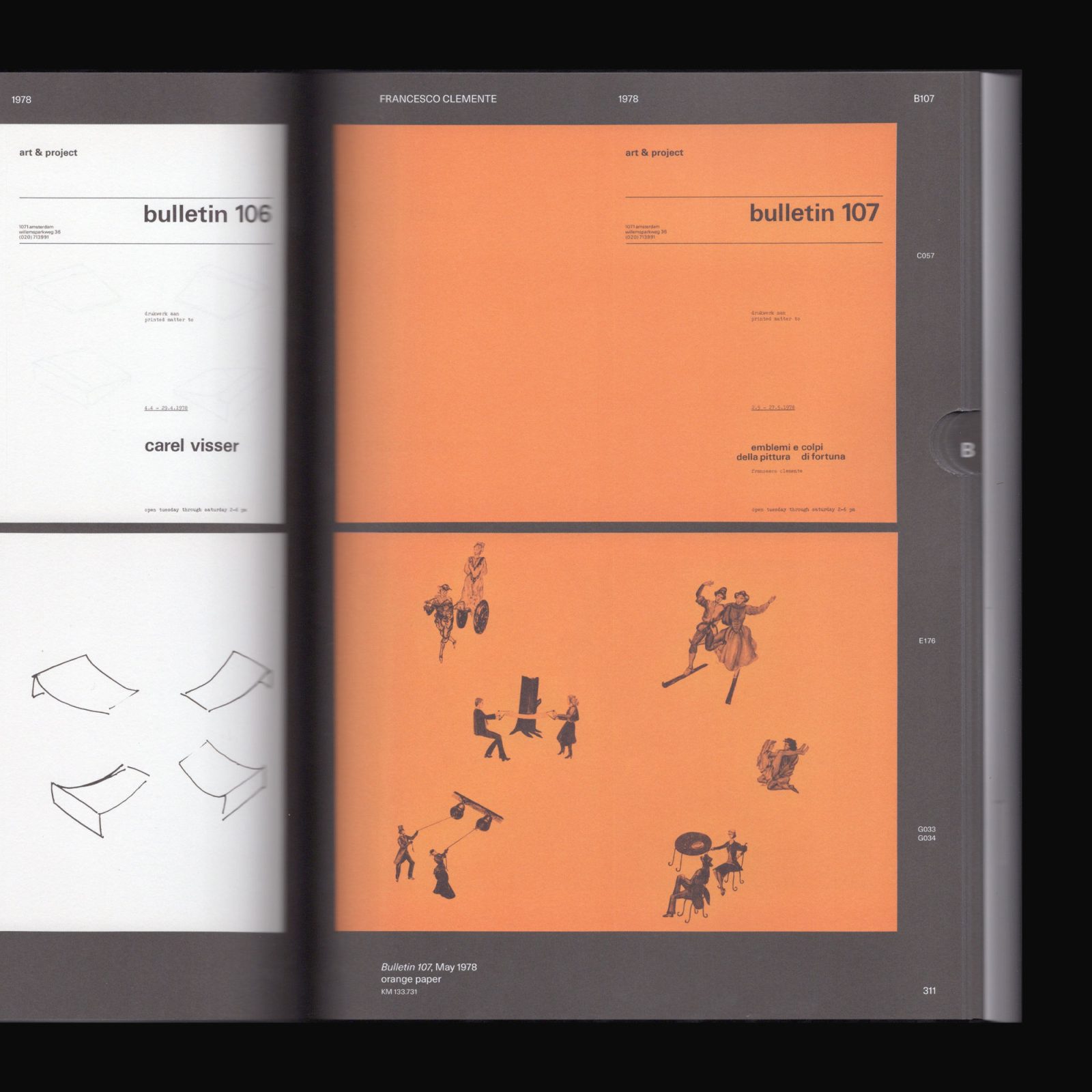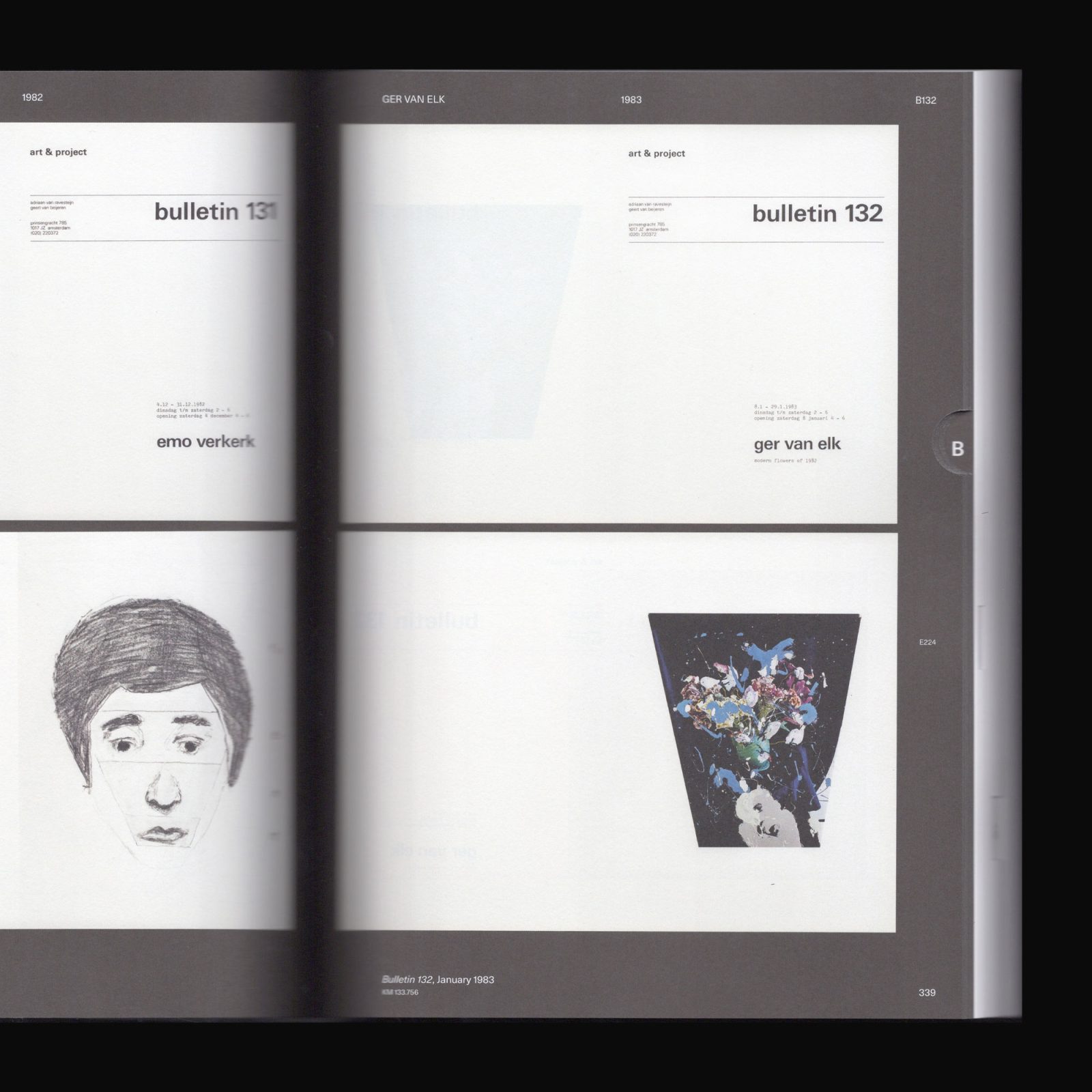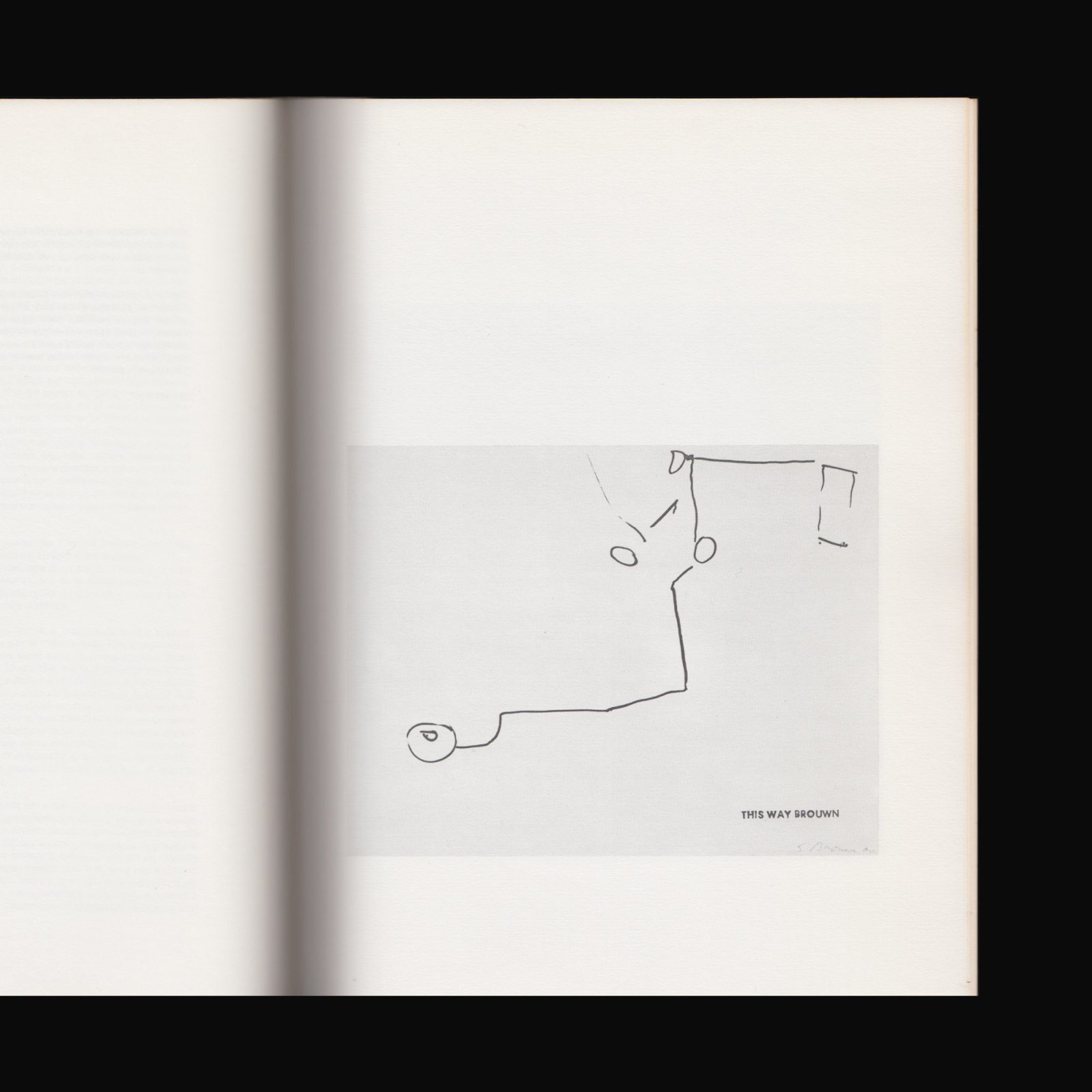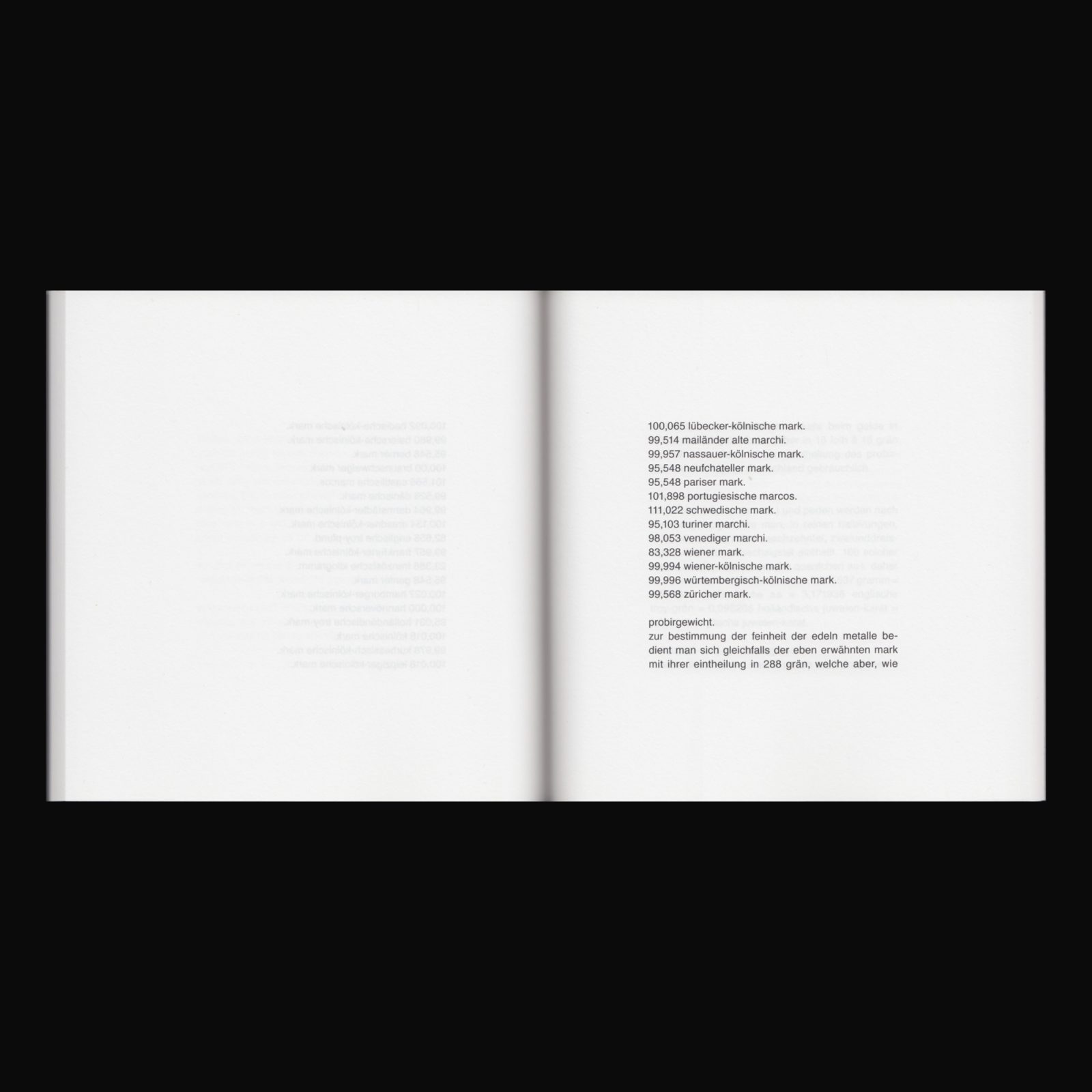F.R. David: “Zeros and Ones”
Will Holder, Kathrin Bentele, Anna Gritz, Ghislaine Leung (eds.)
Riffing off the title, this volume includes an interview with Carolyn Lazard—an artist whose conceptual and often spare videos, sculptures, installations, and performances explore the full amplitude of relation—by Catherine Damman, plus a feature on New York-based contemporary artist Tishan Hsu, whose practice examines the “embodiment of technology”, and contributions by time-based media artist Silvia Kolbowski, for whom political resistance, the unconscious, and structures of spectatorship are a central concern of all her projects; choreographer and dancer Yvonne Rainer; and science fiction author Octavia Butler. Edited with Kathrin Bentele, Anna Gritz, and Ghislaine Leung. Including the work of Lutz Bacher, stanley brouwn, Jay Chung & Q Takeki Maeda, Hanne Darboven, Jef Geys, Tishan Hsu, Pope L., Louise Lawler, Carolyn Lazard, Ghislaine Leung, Lee Lozano, Henrik Olesen, Sarah Rapson, Margaret Raspé, Ketty La Rocca, Sturtevant, Martin Wong and Octavia E. Butler.
































